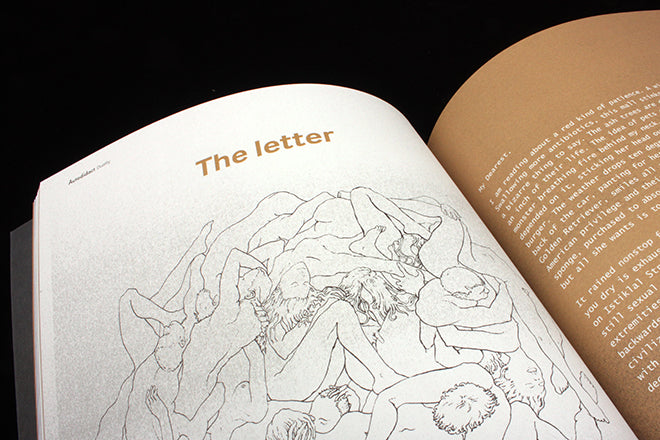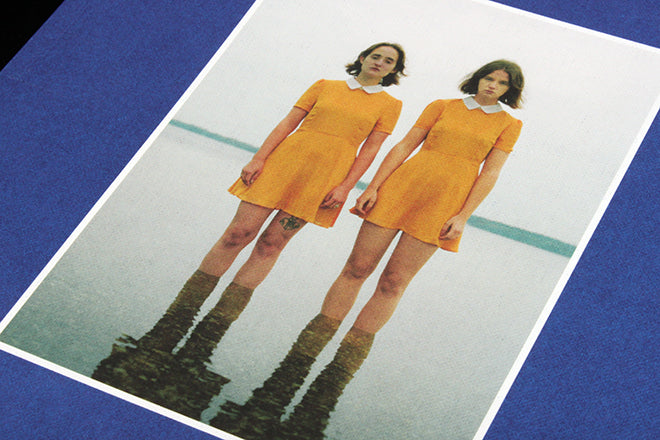
Autodidact #1
Autodidact: a self-taught person.
Autodidact is a new biannual magazine that invites creatives from across the globe to share stories about a common theme. Issue one explores duality: “The idea that everything in the world consists of two, often contradicting qualities.” There are two stipulations: the stories must be honest, and they must be personal.
Autodidact is founded and edited by Bardia Koushan, a photographer and designer based in London, and is in print today following a successful Kickstarter campaign. The magazine is inspired by the premise that the internet has made us all, to greater or lesser extents, autodidacts.
With an immense amount of information available at our fingertips, our minds have been opened to new interests, opportunities and possibilities. This, according to Koushan, has had an unmistakable impact on the creative industries. Creatives are increasingly multidisciplinary and draw inspiration from a wide pool of influences. Autodidact celebrates this shift and presents the creative industries as “one fluid, cross-disciplinary field.”
The result is experimental. Rather than a series of writings about creatives and their respective practices, Autodidact can be better understood as a collection of two-dimensional artworks that respond to a central theme.
Are you living, or just existing, sweetheart?, a written piece by poet Jane Flett, questions the passivity of our existence (above). “What if I was to say to you that, if you desired, I could double the time in a working week: would you leap up and grab my palms and look askance in wonder?”, it reads. “Or would you take me for a charlatan and a cunt; would you be disgusted?” Elsewhere a monologue penned by Parastoo Anoushahpour (‘The letter’) muses on psychoanalysis, religion and Admiral Nelson’s sex life (below). These abstract features are complemented by several more conventional articles, namely a series of “In conversation with…” discussions in which various creatives are profiled.
The front cover is an incredibly literal take on duality, or at least on first glance. Twins stand together in matching yellow dresses, the incoming tide covers their ankles and the same dismayed expression is set upon their faces. Yet look a little closer (below) and the twins are not, as the matching attire suggests, identical. Are they even twins?
This sums up Autodidact perfectly: all is not what first meets the eye. It is not a quick read but that is part of it’s charm. The magazine is mysterious, complex, multi-faceted and oozes intrigue.






